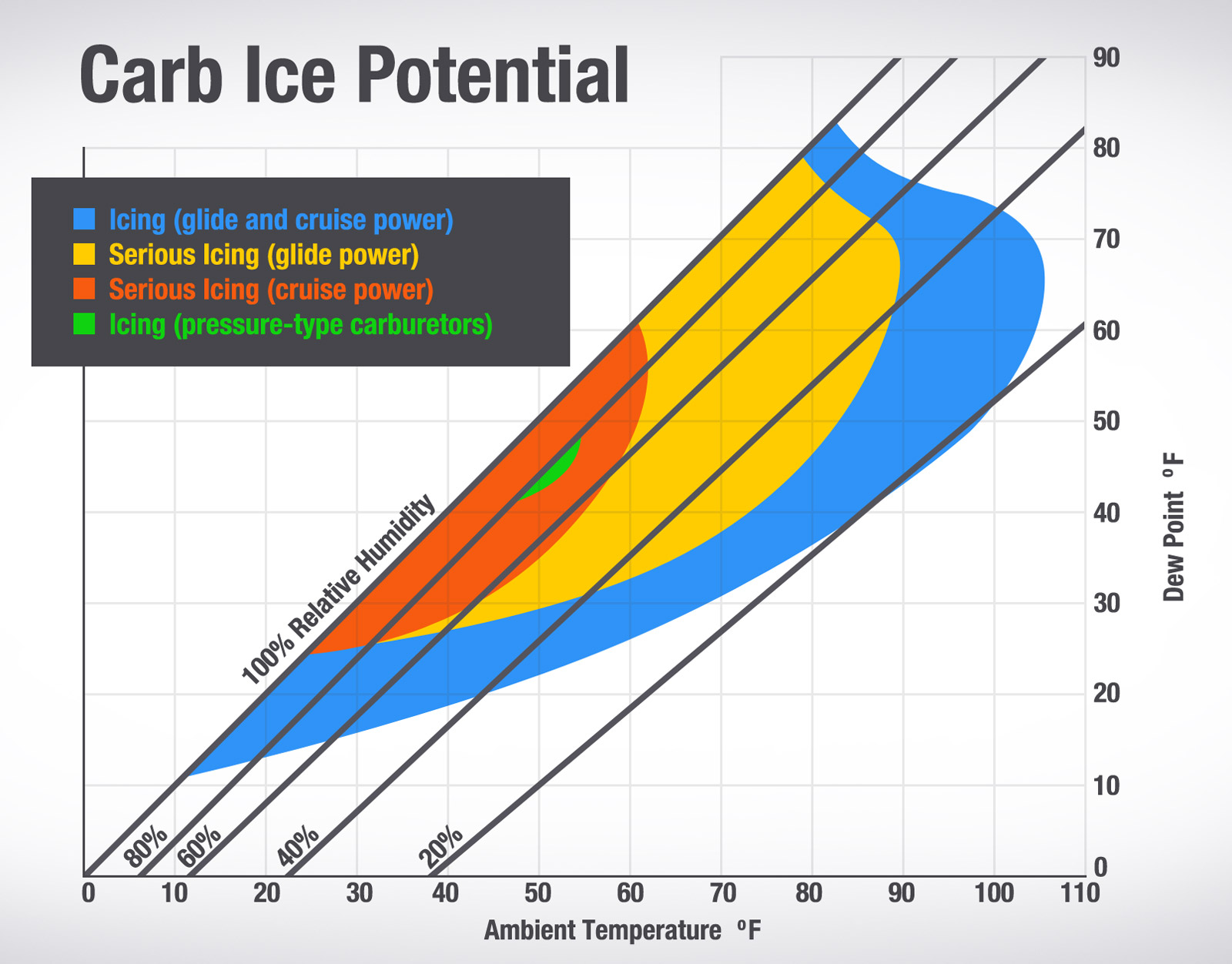That's such a cheap seat stance on the part of the peanut gallery, and knowing the NTSB has set a precedent of faulting the pilot for carb icing, I just own FI engines these days. I used to own a C-150 btw. I consider many of the Carbed continental installations on Cessnas straight up deficient by design. They would never fall in the category of pilot error in my book. I suppose the only error would be to own/operate such a POS setup in the first place. Plenty of youtube videos that demonstrate carb icing can occur in certain installations at operating temperature and cruise power and very quickly on the descent even with carb heat on. That's ridiculous. By the time your engine starts asphyxiating you won't have enough heated airflow to clear it. The only way to avoid that is to fly with carb heat on all the time and take the performance decrease, unfiltered air and fuel flow increase. What a joke.
Ultimately, in the absence of data recording, the NTSB will
not be able to prove carb icing in this accident, so it will assign that mickey mouse catch-all "pilot error" for "failing to defy the laws of physics and stay aloft absent power". Then again, even if they did prove carb icing, they would still blame the pilot for it. I don't agree with that at all. Not impressed by the NTSB when it comes to GA. Not one bit.











